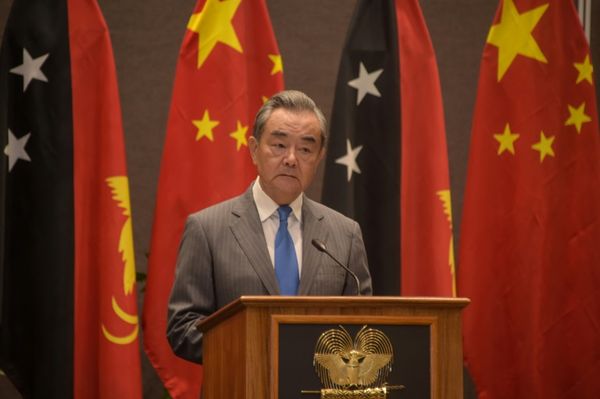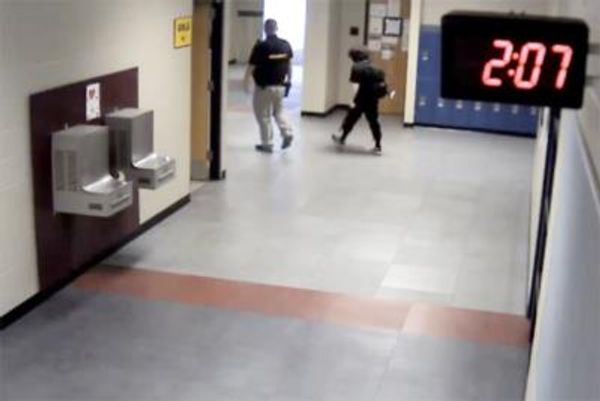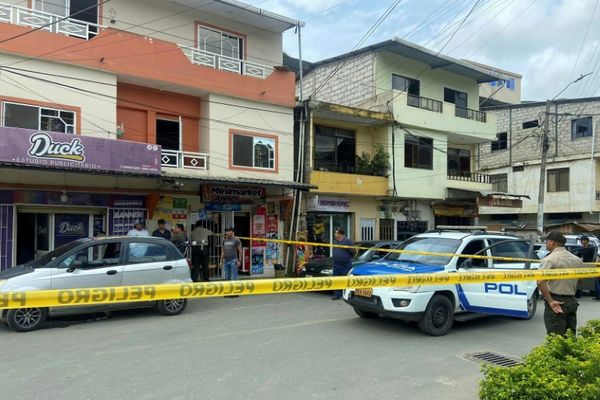
Manila (AFP) - The son of Philippines dictator Ferdinand Marcos won a landslide presidential election victory on Tuesday, capping a stunning comeback for a family chased from power nearly 40 years ago.
The following are the key dates in the political rise, fall and resurrection of the clan, as Ferdinand Marcos Junior prepares to move back into the presidential palace where he grew up.
November 8, 1949: Political debut
Manila trial lawyer Ferdinand Marcos wins the first of what would be three terms in the House of Representatives.
The win comes a decade after he was jailed for the 1935 assassination of his father's political rival, Julio Nalundasan.He was later acquitted after arguing his own case in a Supreme Court appeal.
Marcos is elected to the Senate in 1959 and eventually becomes Senate president, a position seen as a stepping stone to the presidency.
May 1, 1954: Marriage
After a whirlwind courtship, Marcos marries beauty queen Imelda Romualdez.
His bride is from a powerful political dynasty in the central province of Leyte and will eventually help him rule the country for 20 years.
Imelda, who has a taste for expensive jewellery, art and shoes, serves at various times as a cabinet member, governor of the national capital region, and ambassador at large.
They have three children, including a son called Ferdinand Marcos Junior, who they nickname "Bongbong".
November 9, 1965: Presidency
Marcos switches parties to run against incumbent president Diosdado Macapagal in the 1965 elections.He wins in a landslide.
He is re-elected to an unprecedented second term in 1969 but allegations of corruption and authoritarianism have already started to cloud his reputation.
September 21, 1972: Martial law
Constitutionally barred from running for a third term as president, Marcos shocks the nation by imposing martial law on September 21, 1972, which enables him to stay in power.
He uses the outbreak of armed hostilities against communist and Muslim insurgencies as justification for the decision.
With US backing, Marcos rules by decree and launches a brutal crackdown on dissent that results in tens of thousands of people being jailed, tortured or killed.
January 17, 1981: Martial law ends
Marcos lifts martial law but continues to rule by decree with his martial law-era acts and orders remaining in place.
June 16, 1981: Election boycott
The first presidential polls since 1969 are boycotted by the opposition.Marcos easily wins in a vote widely derided as a sham.
August 21, 1983: Aquino killed
Prominent opposition leader Benigno Aquino is assassinated by state forces at Manila airport as he returns from exile in the US, triggering massive street protests calling for the dictator's resignation.
November 3, 1985: Snap election
Widely rumoured to be ailing and reeling from international criticism, Marcos announces on US television that he will call a snap presidential election for the following year.
Corazon Aquino, the widow of assassinated opposition leader Benigno Aquino, reluctantly takes up the challenge of running against him.
February 7, 1986: Fraudulent vote
Marcos declares himself the winner of the February presidential election, which a delegation of international observers and the Philippines' Catholic bishops say was marred by allegations of wholesale fraud and violence.
Aquino rejects the outcome and calls for massive civil disobedience actions.
February 22, 1986: People Power
Defence Secretary Juan Ponce Enrile and paramilitary Philippine Constabulary chief Fidel Ramos announce they are breaking from Marcos.
Marcos claims to have foiled a coup attempt.
Catholic church leaders muster hundreds of thousands of civilians onto the streets to protect the rebels, sparking the "People Power Revolution".
February 25, 1986: Marcoses flee
After a four-day standoff and the US government's decision to withdraw its backing, Marcos and his family flee the Malacanang presidential palace.
The vast complex, which has been their home for 20 years, is ransacked by protesters who find thousands of shoes, designer dresses and documentary evidence of their extravagance.
The US military flies the family to Hawaii and Aquino takes over the presidency.Her first action is to create an agency to go after the estimated 10 billion dollars plundered by Marcos, Imelda and their allies.
September 28, 1989: Marcos dies
Marcos succumbs to kidney, lung and heart ailments, dying in exile in the US.Four years later, his remains are flown to the family's stronghold of Ilocos Norte province and temporarily stored in an air-conditioned crypt at their ancestral home in Batac City.
November 4, 1991: Family comeback
Imelda Marcos returns to the Philippines to face charges of tax fraud and corruption.The court cases drag on for decades and no one in the family is jailed.
Tapping local loyalties, the clan regains its political clout in successive elections.
Marcos Jr wins his father's old congressional seat in 1992 and is later elected Ilocos Norte governor.He enters the Senate in 2010.
May 9, 2016: Narrow loss
Marcos Jr narrowly loses the vice-presidential contest to congressional newcomer Leni Robredo, who he accuses of cheating.He challenges the result, but the Supreme Court upholds it.
November 18, 2016: Marcos Sr burial
Marcos Sr's remains are buried at the national heroes' cemetery in Manila with full military honours on the orders of President Rodrigo Duterte, an ally of the family.
The private ceremony is attended by relatives, as police are deployed to stop angry protesters from going near the site.
October 5, 2021: Presidential bid
Marcos Jr files his candidacy for the presidency and forms a formidable alliance with Duterte's daughter Sara, who runs for vice president.
He surges to the top of voter surveys as efforts to have him disqualified from the race crumble and a massive misinformation campaign seeking to rewrite the family's history cranks into high gear.
May 9, 2022: Election day
Marcos Jr caps his family's return to political power by winning the Philippines presidency, securing more than 50 percent of the vote per an almost-complete initial vote count.He secures more than double the tally of nearest rival Robredo.







